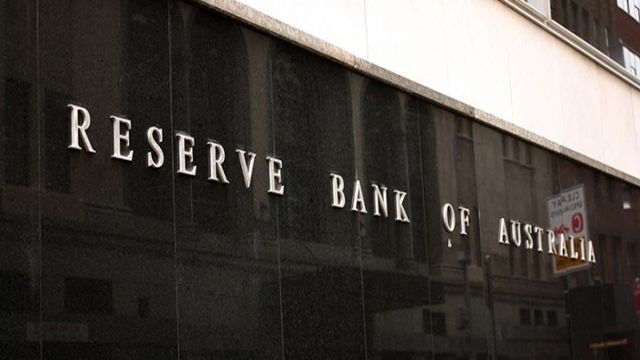Australia’s central bank has marked two whole years with no move in interest rates, the longest policy pause in its modern history, as optimism on the economy is tempered by miserly wage growth and muted inflation.
The Reserve Bank of Australia ended its August policy meeting on Tuesday with rates held at a record low of 1.50 percent, and showed every intention of keeping them there.
“Further progress in reducing unemployment and having inflation return to target is expected, although this progress is likely to be gradual,” RBA Governor Philip Lowe said in a statement, reiterating his previous outlook.
“Gradual” is the watchword as inflation stays stubbornly below its 2-3 percent target band and wages only barely keep up with inflation despite solid job gains.
The economy grew a surprisingly brisk 3.1 percent in the year to March and recent robust data on retail sales and trade suggest it maintained momentum through the June quarter.
The bank will issue updated economic forecasts this Friday and Lowe offered a taster on the outlook, noting that inflation would likely be softer than expected in the second half of this year due to declines in government-set prices.
He was more upbeat on the jobs outlook.
“A further gradual decline in the unemployment rate is expected over the next couple of years to around 5 percent,” said Lowe, extending the forecast out to the end of 2020.
That was an improvement on the previous call of 5.25 percent, but still a glacial decline from the current 5.4 percent. Strong growth in the workforce, driven partly by rapid migration, has tended to keep the jobless rate up.
A Reuters poll of 38 analysts had found all but one expected cash rates to be left unchanged this week, and an increase was not expected before the third quarter of 2019.
Financial markets have steadily pushed out the likely timing of a move, with interbank futures implying around a 50-50 probability of a hike by August next year.
The domestic case for a hike has also been weakened by a sharp slowdown in the once red-hot housing market in Sydney and Melbourne. A clamp-down by regulators on investment loans and tighter lending standards by banks mean house prices nationally are now falling for the first time since 2012.
Sydney prices were down 5.4 percent in July, from a year earlier, according to data out last week from property consultant Core Logic. At the peak of the boom, they had been rising by more than 20 percent annually.
Some small and medium-sized banks have been raising mortgage rates to cover higher funding costs in the wholesale market, though two of the majors have actually trimmed their rates in a push for greater market share.
Given Australia’s housing stock is valued at A$6.9 trillion ($5.10 trillion), a sustained fall in prices would be a negative for household wealth and spending power.
“Our forecast that house prices will fall by 12 percent over four years implies this will be the largest and longest housing downturn in Australia’s modern history,” warned Paul Dales, chief Australia economist at Capital Economics.
“Against that backdrop, we doubt that households will remain resilient.”


